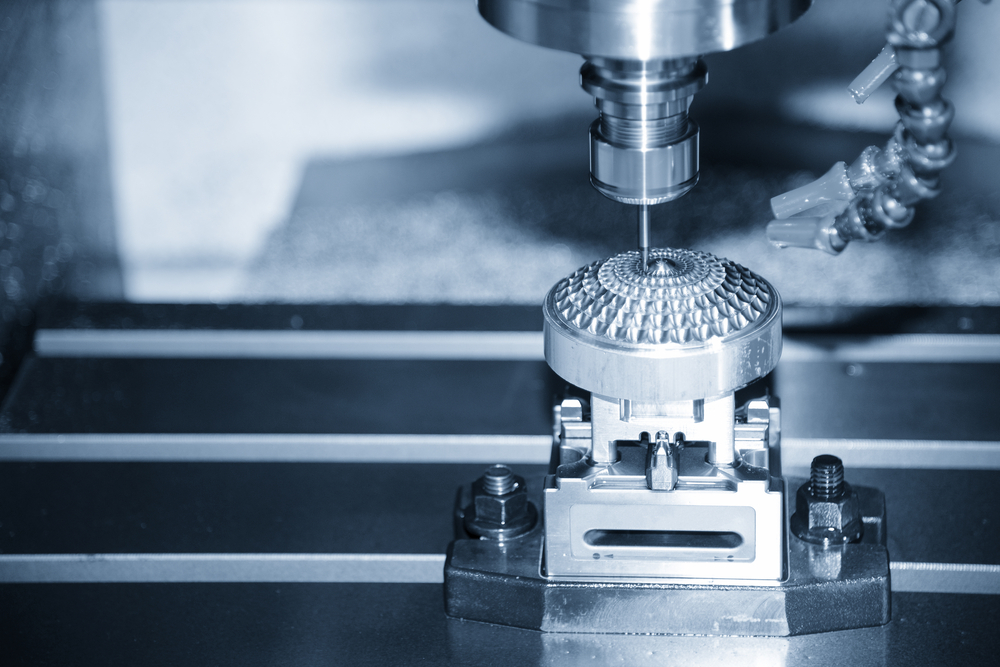Nobody wants to deal with delays or mistakes, especially when it comes to the highly precise and delicate technique that is glass microfabrication. Often times these mistakes and oversights can be prevented from the very beginning of the design process. Whether a designer is using 2D or 3D software to render their model designs, avoiding common errors is essential for optimum cost and time efficiency. Below are some of the most common design oversights, and more importantly, how to avoid them.
Sharp Corners
Designs for parts and products that require sharp corner, or too sharp of corners, can increase the cost of the manufactured part. This applies to both internal corners and external corners. In order for the manufacturer to produce sharp internal corners, the machinist must use a tool with little or no corner radius, which leads to greater wear and tear on the tool. Shape external corners can also increase the cost as machinist can no longer use standard deburring practices and extra care must be taking to protect the exposed corners. In order to avoid this, consider a minimum internal corner call our and a maximum external callout in the design notes.

No Datum's
Datums help the engineer convey to the manufacturer what features are critical to the function of the part or assembly system. If there are no datums, either implied or called out, it makes the manufacturer’s job that much more difficult. It is also helpful to add overall part dimensions to the design. This helps with providing an accurate quote as well as reducing unnecessary errors in material ordering.
Over Dimensioned Features
When a design has over dimensioned features, or double dimensions, it inadvertently decreases the tolerance of the material. Review the design for over defined features looking at all available drawing viewpoints; if dimensions are pulled to the same feature from different edges, consider deleting them or calling our that one of them is a reference, rather than a feature.
Surface Finish Callout
An important part of any blueprint or design is the finish callout. The finer the surface finish, the longer cycle time needed to produce such a fine finish, as well as the amount of time needed to separate the parts to protect from damaging during post machining operations. Consider only calling out the most vital surfaces. Additionally, indicate which features are cosmetic surfaces that need extra attention (i.e. polishing, graining, blasting, or sanding).
Quick Design Mistake Checklist
- Have all the drawing views been flipped the correct way?
- Are all dimensions on the print, block, and notes in the same units?
- Does the design have the correct block tolerances?
- Does the design have a surface finish call out?
- Is the material type specified on the drawing?
- Are there corner radius call outs?
By heeding the above advice, and utilizing the checklist, designers will be able to present a more perfect rendering to the engineers and manufacturers. This will reduce the overall time spent in the microfabrication process; less back and forth in consultation, less time deciphering the design blueprints, and the manufacturer will be able to spend more time producing the parts and/or products.
Citrogene: Microfabrication Manufacturers
Citrogene is the leading glass microfabrication expert in the world. We have the skills, knowledge, tools, and expertise to execute your custom design to perfection. When it comes to producing microfabricated devices, pieces, or instruments, there is only one trusted microfabrication partner to consider: Citrogene. We work closely with our design partners to ensure quality and precision reflected in their design is shown in the final product. Contact us today to learn more about our glass microfabrication capabilities.
